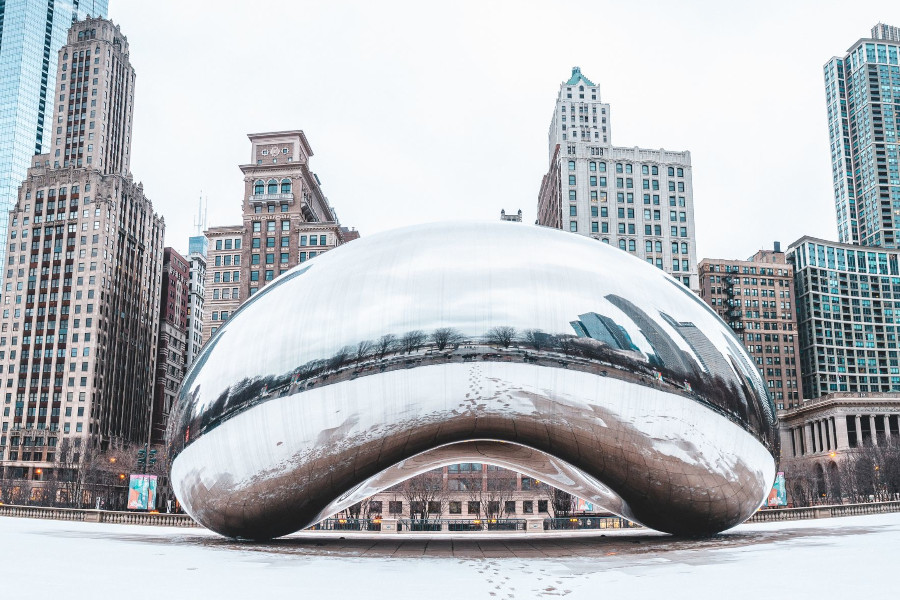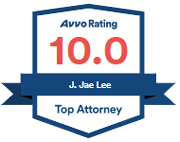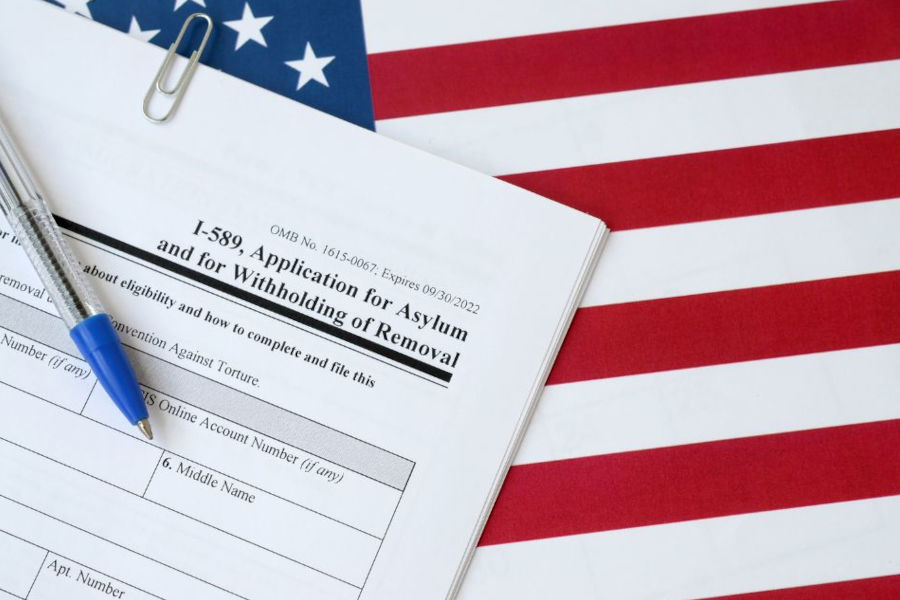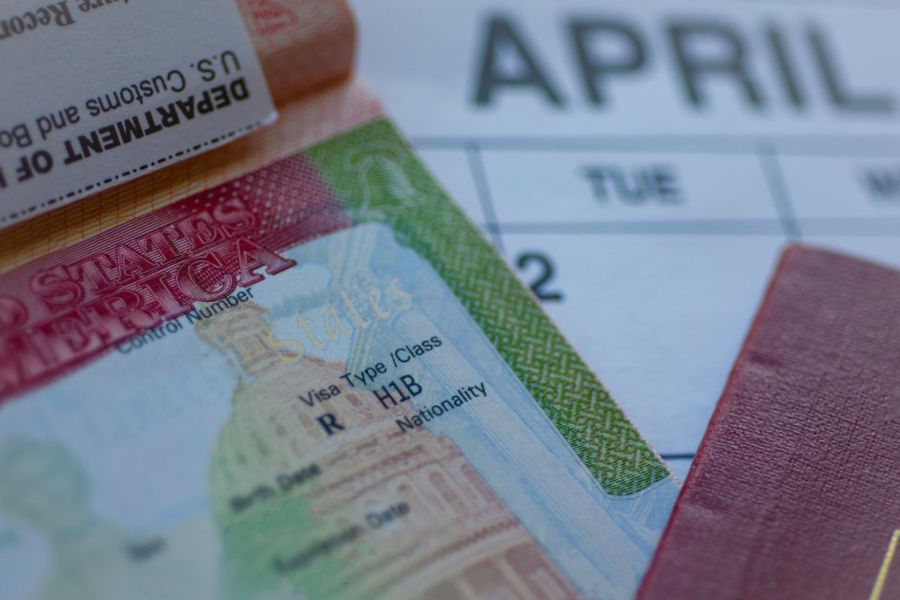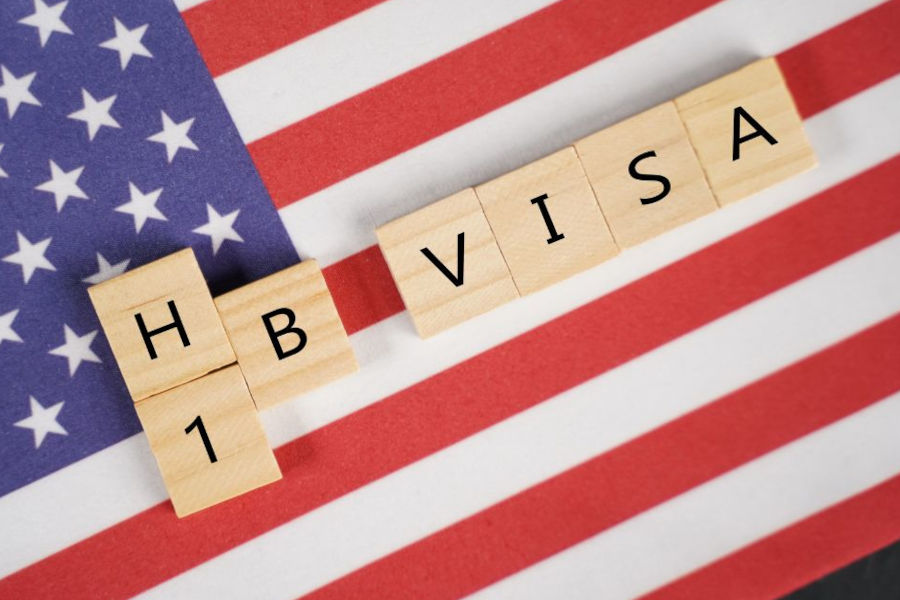U.S. Citizenship and Immigration Services (USCIS) has posted its October visa bulletin. Paired with forthcoming changes at USCIS, an expanded application of the public charge rule, the visa bulletin contains crucial information for individuals from India seeking employment-based adjustment of status.
Although there are numerous categories of employment-based visas, many Indian nationals seek an EB-1, EB-2, or EB-3 green card. However, these visas are not immediately available due to a backlog of applicants, meaning that those seeking lawful permanent residency in one of these ways must follow the USCIS visa bulletin for guidance on when to apply. For October 2020, all employment-based green card applicants must use the dates for filing chart, a change from the September 2020 bulletin.
This means nationals of India seeking an EB-1 visa with a priority date prior to September 1, 2020, may now file their green card applications. For permanent residency under an EB-2 visa, applications will be accepted from Indian nationals if the priority date is before May 15, 2011. Finally, to apply for an EB-3 green card, the priority date for an Indian national must be before January 1, 2015. Visa priority date refers to when the PERM or I-140 petition was received and can be checked on the form sent back with the approval.
Note that these filing dates do not mean a visa is available yet; rather, they allow for application now in anticipation of when a visa will be available in the future.
If an individual is able to apply for an adjustment of status based on an EB-1, EB-2, or EB-3 employment preference category in October, Form I-485 and Form I-485 Supplement J are required with an option of applying for Form I-765 Employment Authorization Document and Form I-131 Travel Authorization Document.
In accordance with the most up-to-date public charge rule, employment-based adjustment of status applicants must also now file Form I-944 to prove self-sufficiency. If applying on or before October 12, applicants may apply without the public charge form and supporting documents, which USCIS may request later. On or after October 13, however, applications without the I-944 will be rejected. Importantly, the I-944 is required in the end, regardless, but could be initially excluded if necessary.
Another required form, Form I-693, may either be submitted with the application or later (such as at the in-person interview) to report the results of the required medical examination. Given the backlog, there is a chance I-693 may expire before adjudication is over, as the exam is valid only for two years.
Recently, a nationwide injunction on other USCIS changes, including fee increases and new versions of forms, prohibited those rules from taking effect, at least for now. However, as litigation continues, these rules could eventually impact employment-based green card cases.
All told, the guidance of an immigration attorney can be extremely beneficial to individuals from India who are seeking an EB-1, EB-2, or EB-3 visa. Francis Law Center was started by a professional and can provide help on employment-based immigration matters.
This information is intended to educate and should not be taken as legal advice.

